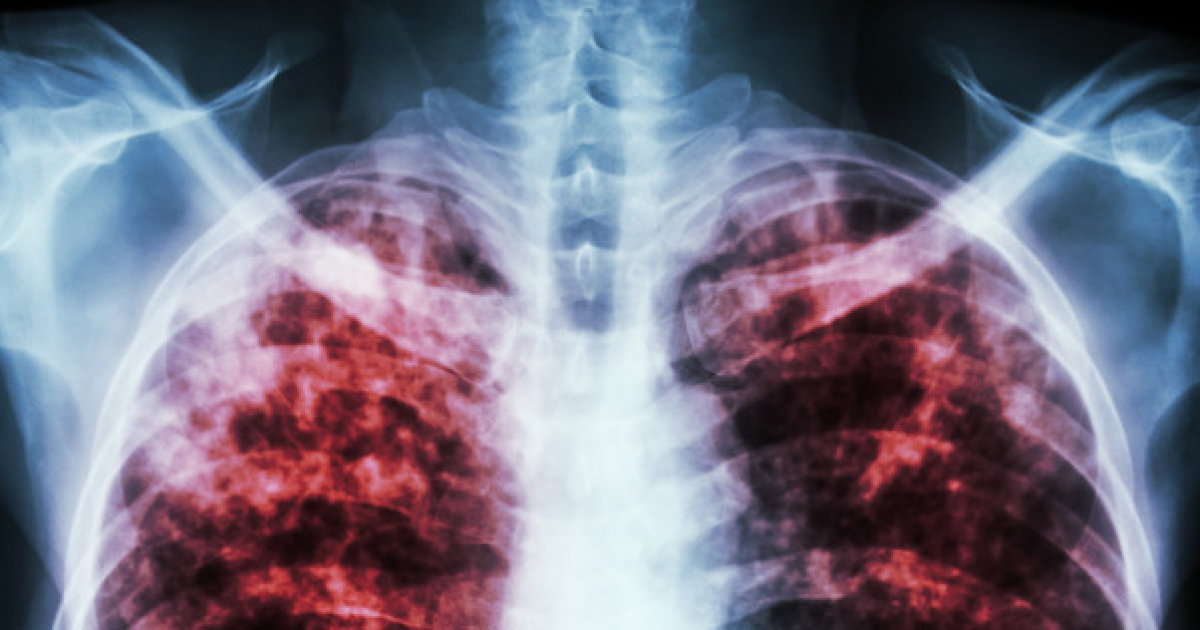Guide To Rifampicin
Rifampicin (rifampin) is an antibiotic used to treat serious bacterial infections. Generally, patients with active tuberculosis take a daily dose of ten milligrams per kilogram of body weight. This medicine can be taken intravenously or orally. The maximum dose is six hundred milligrams per day. This drug may be combined with isoniazid and streptomycin. Most patients need to continue treatment for six months. Patients should let their doctor know about side effects that are bothersome, persistent, or severe.
As mentioned, this medication is a tuberculosis treatment. Of course, patients may choose to try other medications for tuberculosis as well. Most of the time, this includes other antibiotics for tuberculosis. Patients may take this antibiotic for other conditions, including as a leprosy treatment or endocarditis treatment. However, they need to understand how this medication works first.
How It Works

Rifampicin is an antimycobacterial medicine and an antitubercular agent. It fights bacterial infections by stopping the bacteria from completing RNA synthesis. This medicine binds to a part of DNA-dependent RNA polymerase called the beta subunit. This mechanism stops the process of RNA transcription. The liver absorbs this medication, and most of it is excreted through feces.
This drug reaches its peak concentration within two to four hours of administration. It has a half-life of three to four hours in healthy individuals. This medication stays in the body of patients with liver issues longer. It has a half-life that may be up to eleven hours in individuals with end-stage kidney disease.
Continue reading to reveal the uses and benefits of this medication next.
Uses And Benefits

Rifampicin is frequently used in combination with other drugs for the treatment of tuberculosis. It may sometimes be prescribed to prevent this condition. The medication can also prevent meningitis in individuals with Neisseria meningitidis bacteria in the nose or throat. Rifampicin can prevent patients from spreading this bacteria to others. However, it should not be used to treat individuals with meningitis symptoms. This medication may treat endocarditis, leprosy, and bacteremia. It may also help with osteomyelitis and joint infections.
Rifampicin is useful in treating central nervous system infections as well. Examples include encephalitis, brain abscesses, spinal epidural abscesses, subdural empyema, or septic thrombosis of the cavernous or dural venous sinus. Rifampicin may be prescribed 'off-label' to treat itching due to liver disease. It may also help treat brucellosis and moderate to severe cases of hidradenitis suppurativa.
Discover the potential side effects next.
